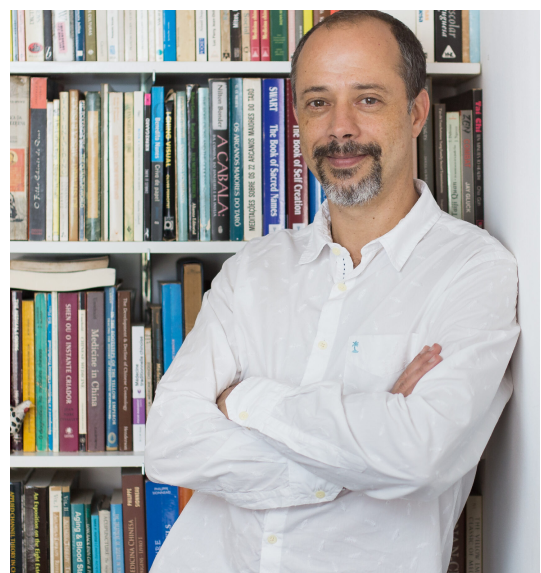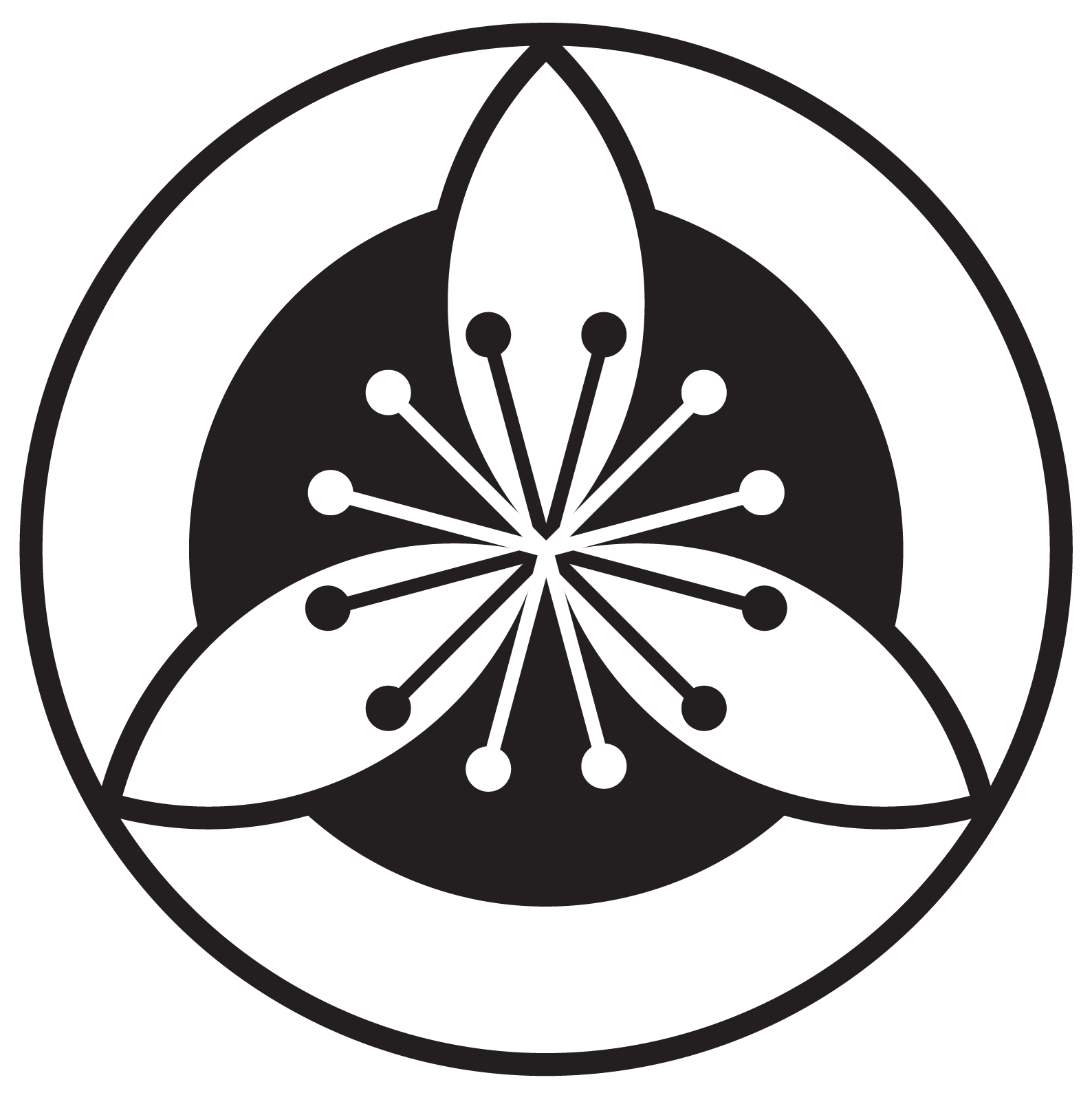TEISHINDO
Learn a discipline of Chinese medicine without needling and rich in manual techniques.
- 27 e 28 de January de 2024
- São Paulo - SP
- Certificat de Complétion
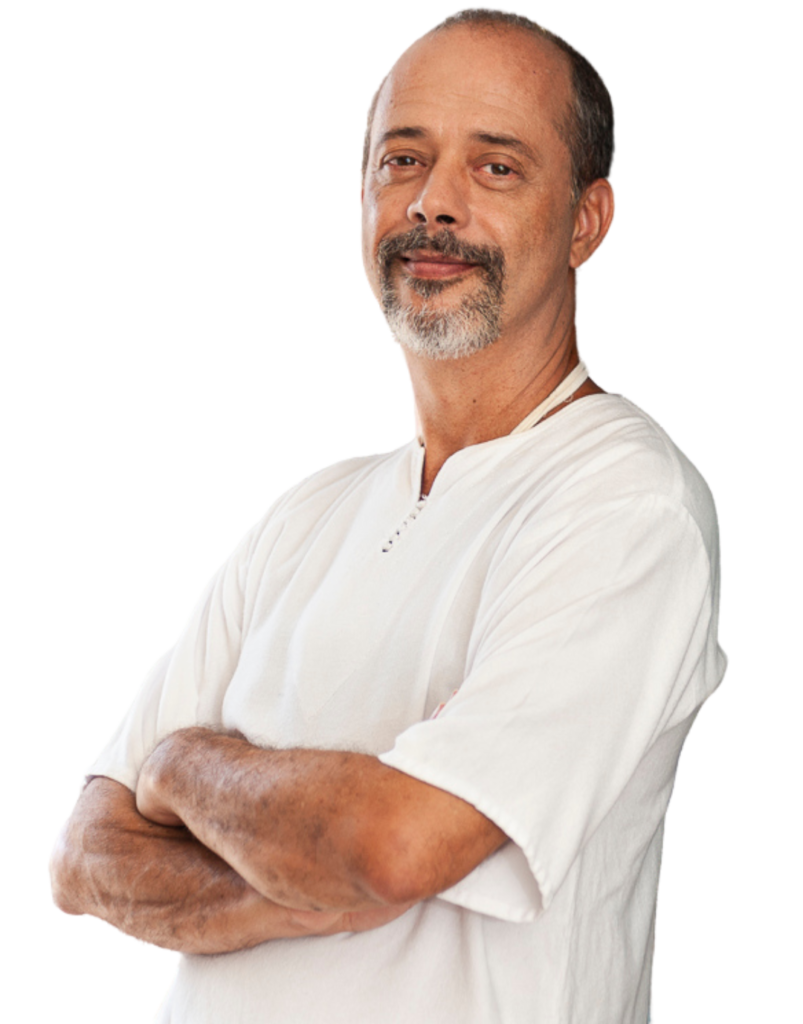
Watch the video below
and discover the most enjoyable therapy in Chinese Medicine.
Patients are asking for more!
Using highly enjoyable techniques for the patient, you will learn to work with the dynamics of Blood, Vital Force, and its circulation in the Meridians, treating complaints such as:
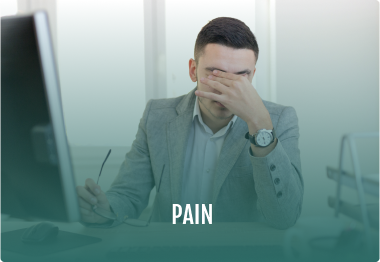
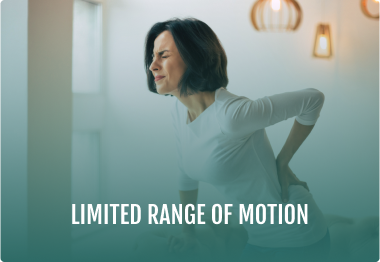
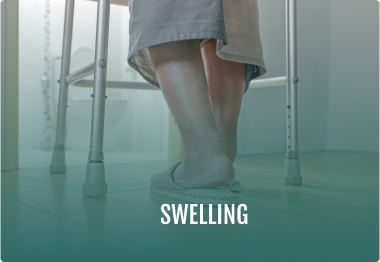
An arsenal of tools
Acupuncture without puncture
serve more clients using a non-invasive acupuncture point stimulation technique.
Optimization of treatments
get better results in complex treatments, such as blood level.
TREATING HEAT AND STAGNATION
Use techniques to drain stagnant fluids and remove excessive heat.
DIRECT THE EFFECT
with manual techniques, directing the effect to the desired plane, from the most superficial to the deepest.
For professionals
This course is suitable for those seeking non-invasive and practical treatment alternatives, whether experienced professionals in TCM or enthusiasts in the field.
No prior Chinese medicine training is required to participate, making this training accessible to anyone who wants to learn and successfully apply these techniques.
Acupuncturists
Shiatsu therapists
Different techniques with different materials
You will learn numerous treatments that combine manual techniques with tools made from various materials, allowing for a wide range of therapeutic effects.






Different techniques with different materials
You will learn numerous treatments that combine manual techniques with tools made from various materials, allowing for a wide range of therapeutic effects.
Anma is a Japanese version of Chinese massage (anmo). Like everything Japanese, it developed its own characteristics, especially the fact that it is a very enjoyable massage. Professor Daniel learned the style from the Mochizuki family.
Lithotherapy has been part of the Chinese pharmacopoeia since the 2nd century BC. It experienced significant growth in the late 16th century with the publication of the ‘Bencao Gangmu,’ the Chinese pharmacopoeia encyclopedia still used in university training in China today. Taoist monk Professor Jeffrey Yuen revived and updated this tradition of treatment with stones and metals for modern times. In his training, Professor Daniel learned about the effects of each metal on the dynamics of Blood, Vital Force (Qi), Organic Fluids, their affinities with Yin and Yang, and how metals can be an important tool for regaining health.
Teishindo is the therapeutic technique that combined the manual dexterity of Anma with the sophisticated clinical reasoning of the Chinese pharmacopoeia related to metals to create a new modality of Chinese Medical Rationality, as pleasant as it is effective. Teishindo is suitable for addressing a wide range of issues and can be performed on individuals who do not like needles or painful massages, including children and even infants. Its effects are as lasting as, or even more enduring than, any acupuncture or shiatsu session.
About the classes
This course is organized into 2 modules: an online module with all the theoretical content and another in-person module with a lot of practical training.
MODULE 1: ONLINE
You will have access to all the theoretical content on our platform for 12 months.
Immediate access
Duration: 12 months
MODULE 2: ONLINE
You will have access to all the theoretical content on our platform for 12 months.
Immediate access
Duration: 12 months
PROGRAM CONTENT
and discover the most comprehensive technique in Chinese Medicine.
1.
1.
1.
1.
Daniel Luz
Daniel has been working with Chinese medicine since 1989, ranging from manual techniques like shiatsu and anma to more subtle practices like qigong. He has been the Brazilian champion of taiji quan multiple times. He led the Chinese medicine team at the Rational Medicalities Project of IMS/UERJ and is the author of the classic article ‘Chinese Medicine, Medical Rationality,’ which has been republished twice in different collections of scientific articles on integrative and complementary practices.
Since 2011, he has been creating original technologies within the framework of Chinese medical rationality. His innovative clinical practice is solidly rooted in the understanding of Chinese medicine in its original terms and in the observation of somatic markers, a rich tradition of visually impaired acupuncturists in Japan.
